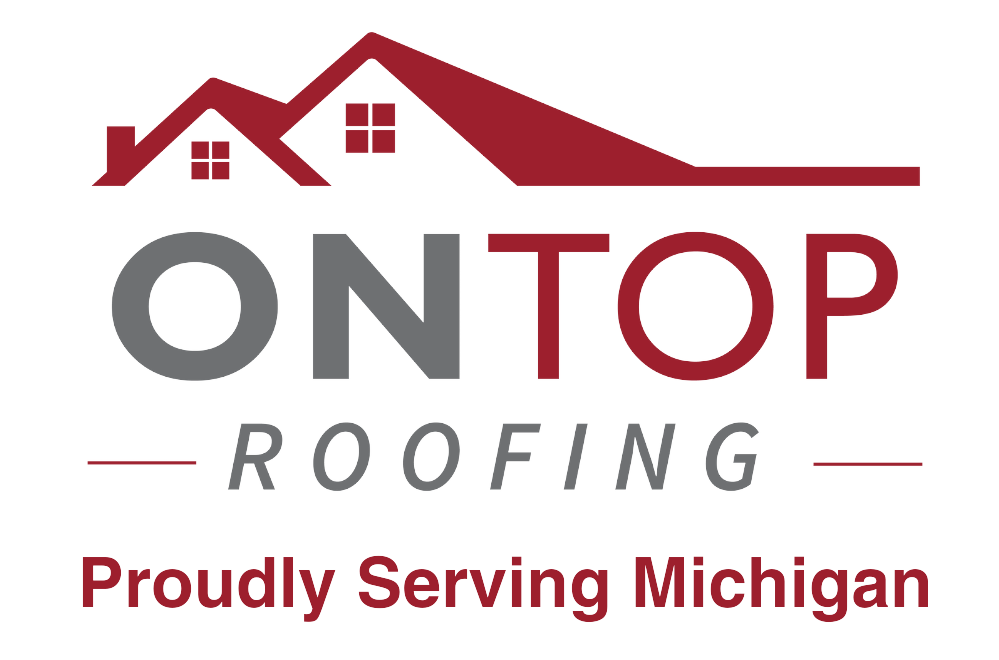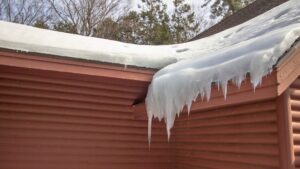
Michigan winters are as beautiful as they are brutal. Between heavy snowfalls, freezing rain, and frigid winds, homeowners often face one of the most common
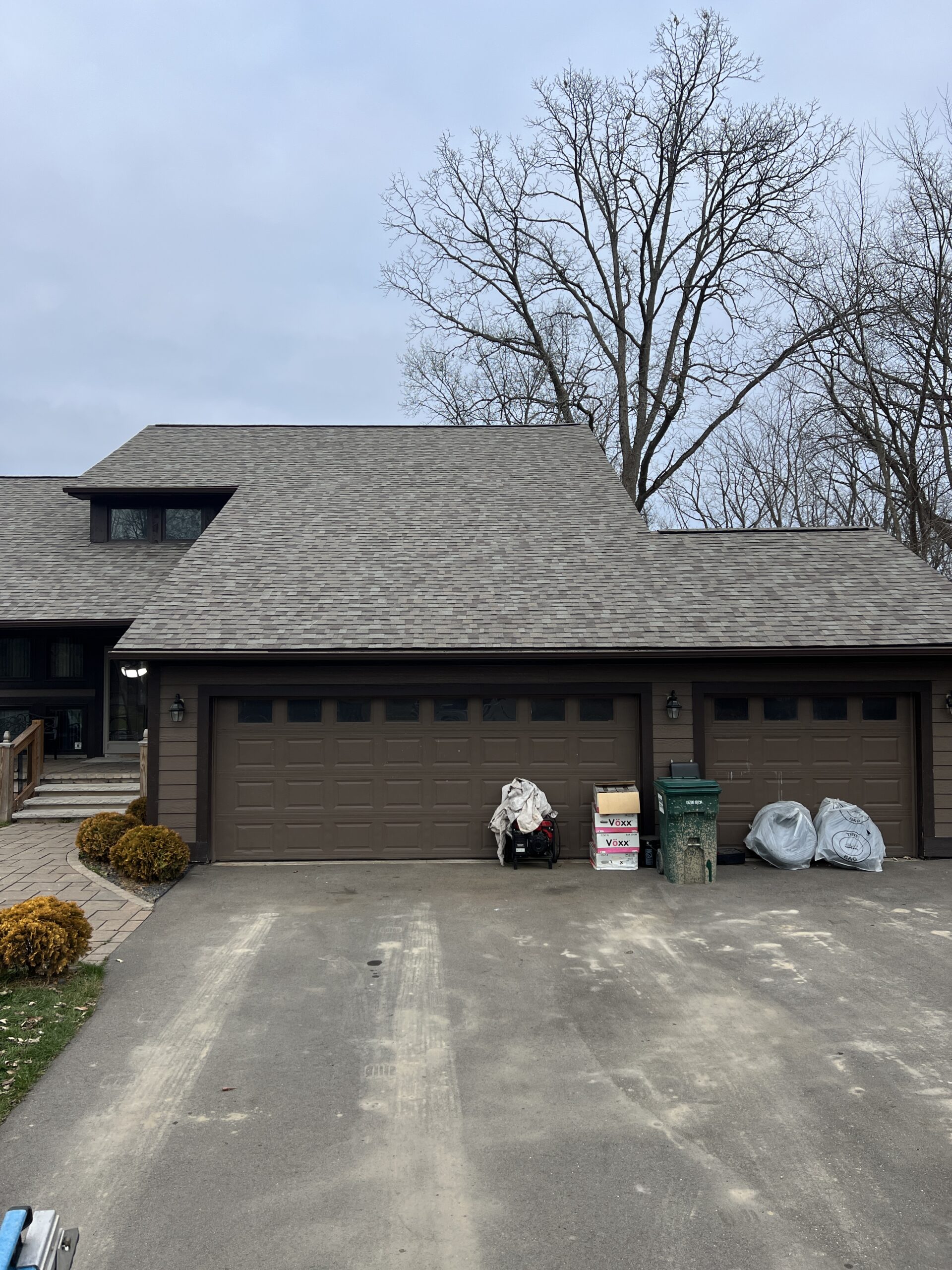
It provides protection from the elements and ensuring the structural integrity of your property. However, understanding the complexities of roofing systems can be overwhelming, especially for beginners. In this beginner’s guide to roofing, we’ll break down the basics of roof anatomy, common roofing materials, maintenance tips, and key considerations for homeowners.
Understanding the basic components of your roof is essential for identifying potential issues and communicating effectively with roofing professionals. Here are the primary components of a typical roofing system:
There are various roofing materials available on the market, each with its own unique characteristics, advantages, and disadvantages. Some of the most common roofing materials include:
Regular roof maintenance is essential for prolonging the lifespan of your roof and preventing costly repairs. Here are some basic maintenance tips for homeowners:
When it comes to your roof, there are several key considerations that homeowners should keep in mind:
In conclusion, understanding the basics of roofing is essential for homeowners to maintain the integrity and longevity of their roofs and protect their investment in their homes. By familiarizing yourself with roof anatomy, common roofing materials, maintenance tips, and key considerations, you can make informed decisions about your roof and ensure that it continues to provide reliable protection for years to come. Whether you’re planning a roofing project or simply want to learn more about caring for your roof, Roofing 101 is your guide to understanding the fundamentals of roofing.

Michigan winters are as beautiful as they are brutal. Between heavy snowfalls, freezing rain, and frigid winds, homeowners often face one of the most common
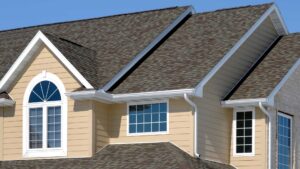
When it comes to choosing the right roofing material for your home, Michigan homeowners have unique needs. With heavy snowfalls, icy conditions, and harsh seasonal

Michigan winters are known for their heavy snowfalls, freezing temperatures, and unpredictable storms. While the snowy landscape may look beautiful, the weight of snow and
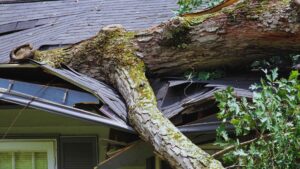
Michigan’s Fall Storms and Your Roof As the leaves begin to turn and temperatures drop across Michigan, fall storms roll in with unpredictable force—bringing high
"*" indicates required fields

Take advantage of our free inspection and free second opinion offer and receive a complimentary estimate for any new installation service.
